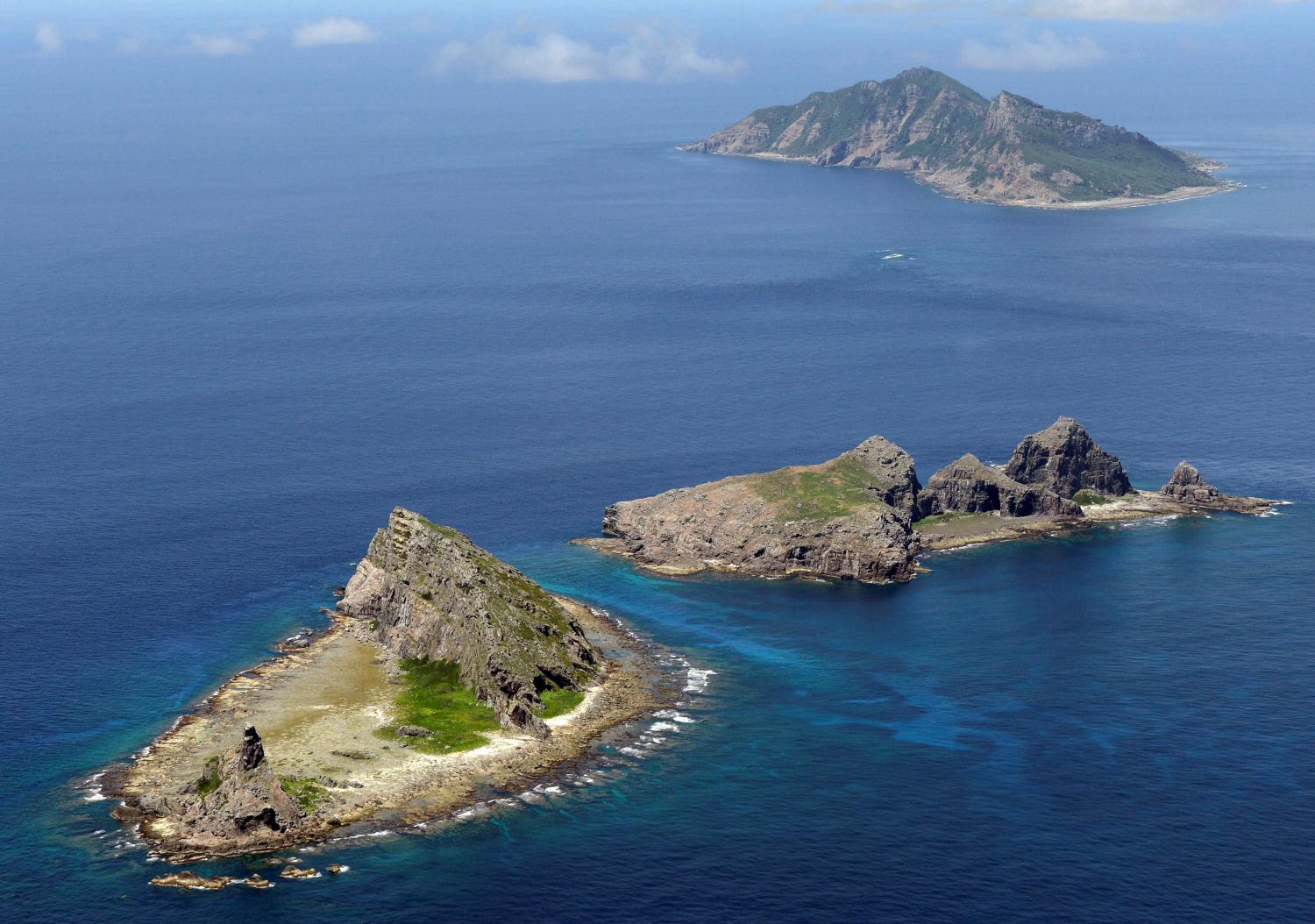Executive Summary
 China’s approach to Japan, its most economically powerful neighbor and a key U.S. treaty ally for nearly 70 years, is an important metric with which to assess China’s rapidly expanding role in the world — in particular, how Beijing is using its growing power and influence when its neighbors’ self-perceived rights and interests are in conflict with its own. The vicissitudes of China-Japan relations today also carry immense implications for, and are themselves shaped by, the United States’ relationships with these two major powers.
China’s approach to Japan, its most economically powerful neighbor and a key U.S. treaty ally for nearly 70 years, is an important metric with which to assess China’s rapidly expanding role in the world — in particular, how Beijing is using its growing power and influence when its neighbors’ self-perceived rights and interests are in conflict with its own. The vicissitudes of China-Japan relations today also carry immense implications for, and are themselves shaped by, the United States’ relationships with these two major powers.
This paper focuses on the competition between China and Japan over their festering territorial dispute in the East China Sea. Though political frictions over the Senkaku (Diaoyu in Chinese) Islands are decades-old, since a 2012 contretemps over the islands led Beijing to begin regular, provocative deployments of government vessels into the islands’ contiguous zone and territorial seas, the dispute has become the most significant geopolitical flashpoint and locus of security competition between China and Japan today.
To assert its sovereignty claim while reducing the risk of a direct confrontation with or kinetic escalation involving the Japan Self-Defense Forces (JSDF) and the U.S. military, Beijing has primarily relied upon its paramilitary coast guard, rather than the People’s Liberation Army (PLA); thereby presenting a so-called “gray zone” challenge which seeks to change the status quo but which, through sub-threshold coercion, is difficult to deter using traditional means. In response, Tokyo has also made significant changes to the force structures and postures of its own coast guard and the JSDF as part of an effort to bolster deterrence and, in the event of escalation, to ensure a more rapid and flexible response. Despite Japan’s countermeasures, however, Beijing’s continued willingness to provocatively operate in the islands’ territorial waters and contiguous zone, combined with its increasingly heavy investments in both the PLA and its coast guard mean that — sans a major political modus vivendi between top leaders — the East China Sea is likely to continue to be a major potential security flashpoint and irritant in political relations between the world’s second- and third-largest economic powers. Changing operational dynamics in the East China Sea have redefined the security competition between China and Japan, and present new scenarios for defense planners to consider. As in the South China Sea, China’s “gray zone” activities in this case have also had a corrosive effect on the region’s security order.
The Brookings Institution is committed to quality, independence, and impact.
We are supported by a diverse array of funders. In line with our values and policies, each Brookings publication represents the sole views of its author(s).





